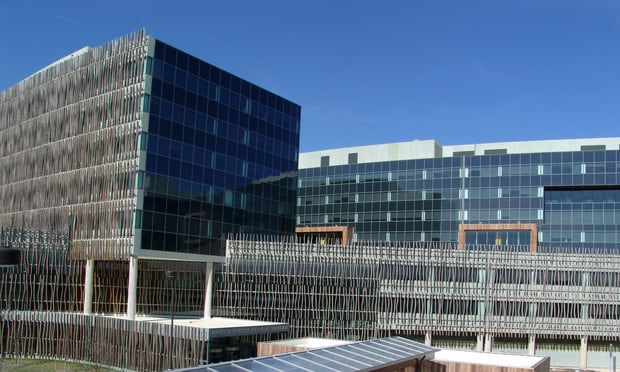The Census Bureau has released its analysis of residential vacancies and homeownership statistics for the first quarter of the year. Nationally, the rental vacancy rate stood at 7.1%, marking the highest level since the third quarter of 2018 and representing a 50 basis point increase over the first quarter of 2024. Although there was a 10-basis-point uptick compared to the last quarter of 2024, the Census Bureau noted that this change was statistically insignificant.
Vacancy rates varied depending on the area type. Within metropolitan statistical areas (MSAs), the average vacancy matched the national figure at 7.1%. In principal cities, the level was slightly lower at 6.5%, while in the suburbs outside these cities, it was 6.4%. When looking at areas outside of MSAs altogether, it was 6.4%.
Geographic differences were even more pronounced. The Northeast reported an average vacancy rate of 5.1%, and the West came in at 5.9%. In contrast, the Midwest saw a rate of 7.6%, while the South had the highest at 8.6%. This regional disparity may be partly attributed to the surge in construction activity following the pandemic.
Recommended For You
For context, vacancies were generally higher in the first quarter of 2019, before the pandemic. The national average at that time was 7%. Inside MSAs, the rate was 6.6%; in principal cities, 6.9%; in suburban areas of principal cities, 6.2%; and outside MSAs, the rate was significantly higher at 10%. Regionally, the Northeast had a 5% vacancy rate, the West 4.6%, the Midwest 7.6%, and the South 9.2%.
Vacancy rates also differed based on the type of rental structure. Single-unit rentals, such as single-family homes or build-to-rent properties, had a vacancy rate of 6.3% in the first quarter. Structures with two to four units posted a 7.7% vacancy rate. For buildings with five or more units, the rate was 8.2%.
The median asking rent nationwide in the first quarter of 2025 was $1,468. Regionally, the Northeast saw the highest median rent at $1,681, followed by the West at $1,777, the South at $1,414, and the Midwest at $1,201.
Homeowner vacancy rates remained much lower overall, at 1.1% nationally. Inside MSAs, the rate was also 1.1%, rising slightly to 1.4% in principal cities and dropping to 0.9% in suburban MSAs. Outside MSAs, the rate was 1%. Regionally, the Northeast had the lowest homeowner vacancy rate at 0.6%, followed by the Midwest at 0.9%, the South at 1.3%, and the West at 1.1%.
The median asking price for a home in the first quarter was $300,600. This figure varied widely by region: $425,600 in the Northeast, $194,800 in the Midwest, $297,600 in the South, and $414,500 in the West.
© 2025 ALM Global, LLC, All Rights Reserved. Request academic re-use from www.copyright.com. All other uses, submit a request to [email protected]. For more information visit Asset & Logo Licensing.







